Gerd Altman/Pixabay.com (2018)
How successful would you be if even the person teaching you doesn’t believe you can be?
BY AALIYAH LYONS
IMAGE BY GERD ALTMAN/PIXABAY.COM
Imagine this: you’re a high school junior and your teacher gives you an assignment about what you want to be in the future. Once you’ve finished, your teacher asks you about your ideas for your future path, to which they respond, “Maybe you should consider a different occupation.”
This was my reality. I was told by my white leadership teacher that she did not think I was capable of becoming a Registered Nurse because of the course level she presumed I was in. I was taking all university-level courses in high school and my grades were good, yet she would find fault in little things about me, such as my facial expressions or how I carried myself. Because of the way I looked, she had preconceived notions about my character, my abilities, and my intelligence.
Don’t misunderstand me—at first, I did not take what she had said to heart. Maybe it was a coincidence? But then I saw the way she encouraged white students and overachieving students of colour in their choices, only discouraging non-white students that she believed were just average. I would see her trying to help that select group of individuals more than visible minorities like myself. At the time, it made me feel undervalued, as if something was wrong with me. In addition, my guidance counsellor suggested that I drop to a lower academic level. My sister, who graduated from the same school, was also told to aim lower throughout high school, told to take easier classes because the guidance counsellor believed she wasn’t suited to university-level classes. In another instance, a white teacher came back from vacation and talked about how tanned she had gotten. She said, “Wow, I’m so tan now, I kind of look like…” She was referring to my sister. My friends of colour endured similar ignorance and neglect from white school staff. One of my friends had a hard time receiving help from her guidance counsellor when she needed to switch courses. The process to switch courses for most students is usually fairly simple, but my friend was given many excuses as to why the counsellor couldn’t or shouldn’t do it. In the end, she only got to switch courses after her parents had to step in.
Unfortunately, this is the reality of many visible minority students. After being underestimated time after time by teachers because I am a Black individual, I came to realize that this problem is larger than a few passive-aggressive teachers. It’s not a coincidence. For many visible minority students, the education system encourages them to work harder than a white student would or leaves them struggling to keep up. This added difficulty can result in visible minority students doubting themselves or their abilities, which can cause them to aim lower academically as well as in their careers due to feeling under-qualified.
The cause of these disparities is systemic racism, defined as discriminatory practices built into institutional structures that restrict the growth opportunities of certain groups (as noted in Robert Brym’s The New Society). Racism continues to disadvantage visible minorities, particularly Black students, in the North American schooling system. Visible minorities are less likely to receive academic support and encouragement and they are less likely even to be expected to succeed by their educators—like I was, like my sister was, and like my friends were. People of colour are also less likely to receive scholarships, academic opportunities, and higher levels of education in comparison to their white counterparts. Though public education is beneficial, many students of racialized backgrounds, particularly Black students, continue to be placed in less demanding academic streams by educational professionals on the basis of race due to individual prejudice as well as systemic factors.
Visible minority students are also more likely to be placed in special education programs, whether or not they need them. Consider this: based on the assumption that visible minority students only speak English as a second language, children in US schools are sometimes placed into ESL programs even though they are native to the United States and already speak English fluently. This problem is more common than it should be. There is no innate connection between race and language, but the assumption that one determines the other leads to kids being put at an academic disadvantage compared to other (especially white) English speakers.
The most common factor leading to prejudicial treatment of visible minority students is stereotypical ideologies and beliefs about race. These ideologies reflect ideas rooted in colonialism, which were built upon the notion that visible minorities should be allotted a position of inferiority. In Canada, the colonial legacy of residential schools still impacts Indigenous students today, making Indigenous communities prone to lower rates of higher education. In 2011, only 3.7% of the Indigenous population aged 25-64 had post-secondary qualifications. In addition to this, a 2017 study showed a significant education gap between Indigenous and non-Indigenous populations, with only 11% of people in Indigenous communities obtaining a degree compared to 29% in non-Indigenous communities. Colonially based prejudices about race also lead to visible minorities receiving less support from educators. Lower rates of education and a lack of social supports is connected to disproportionately higher rates of crime and incarceration within racialized communities. In 2016, visible minorities accounted for 22.3% of the Canadian population. Only three years later, in 2019, 46% of inmates within federal prisons were identified as visible minorities, with 25.5% of them identifying as Indigenous. Though they make up just over 25% of the federal prison population, Indigenous communities only account for 4.9% of the Canadian population.
Socialization and reassurance matter, especially to young people. Teachers are important to the development and success of students, which is why influential figures like teachers telling a student they can’t achieve something can convince them that they’re incapable. Repetitive discouragement can condition students to believe that they’re stuck where they are. Luckily, my mother always told me from an early age that I was just as capable as anyone else at anything I set my mind to. But not everyone had or has someone reassuring them of that. Conversely, some white educators go easy on minority students to avoid appearing racist; this, too, can still hinder the student’s academic progress. As a study on inequality at schools conducted by the American Psychological Association states, “teachers must strike a balance between being assertive and respectful.” Teachers are doing their job by guiding—they’re not at fault for that—but the underlying problem is that the education system was built on colonialist beliefs still reflected by the actions of white educators in the public schooling system. How successful would you be if even the person teaching you doesn’t believe you can be?
Inequality is well established in the education system but recognizing and addressing it now can create a better future for those disadvantaged by it. Minorities need more academic supports and better access to scholarships and job opportunities, which will build life outcomes that do not reflect stereotypes and prejudices about the colour of their skin.
I will never let anyone tell me I am not capable based on my race. And no one else should either.
Aaliyah Lyons was born and raised in Ontario. She is currently a student at the Faculty of Health Sciences at Humber College. Her interests are reading, writing, traveling, photography, and DIY.
Image: Gerd Altmann/Pixabay.com, photograph, 2018.
Edited for publication by Emily Willan, as part of the Creative Book Publishing Program.
HLR Spotlight is a collaboration between the Faculty of Media & Creative Arts and the Faculty of Liberal Arts & Sciences and Innovative Learning at Humber College in Toronto, Ontario. This project is funded by Humber’s Office of Research & Innovation.

